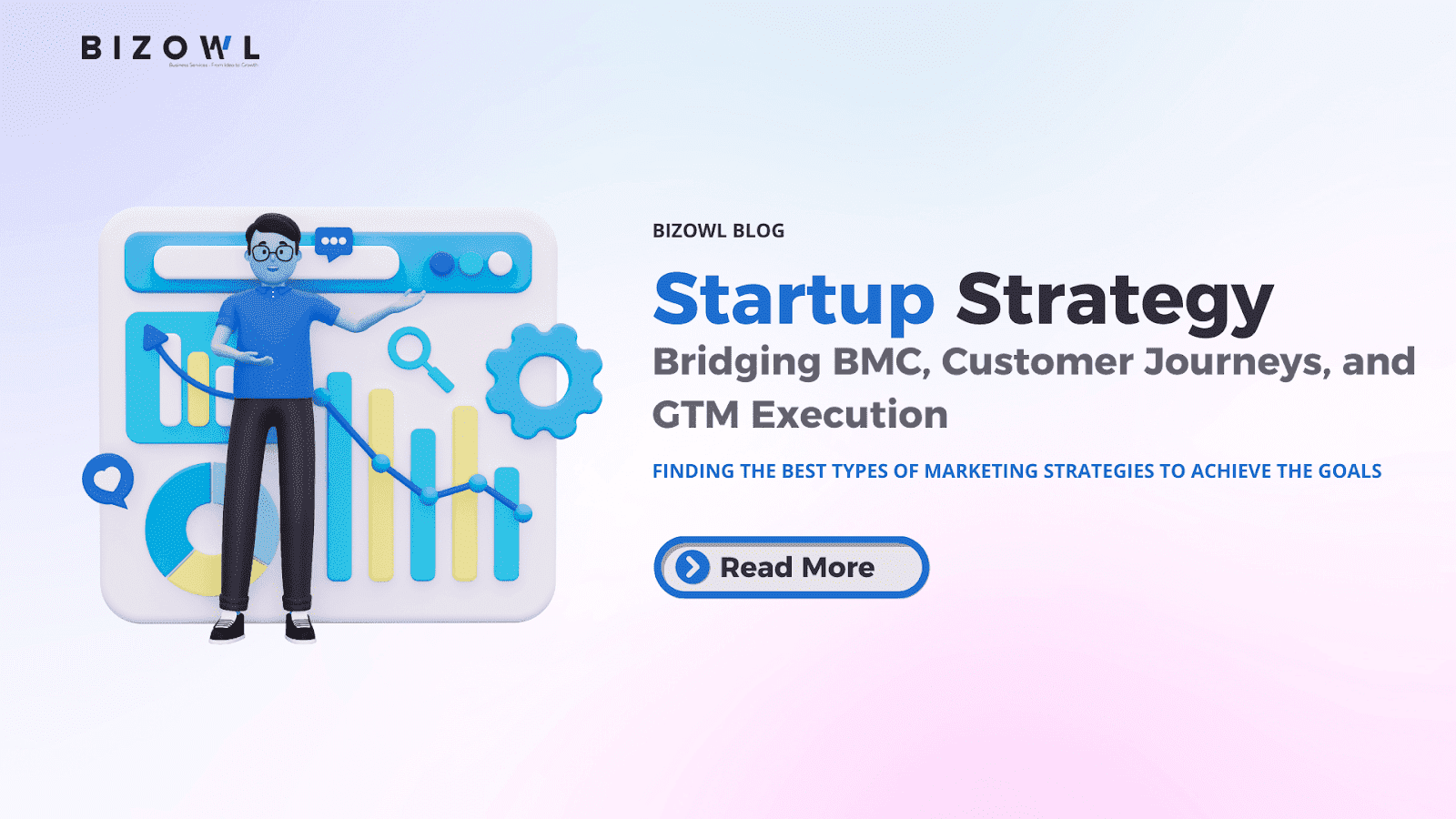
BMC
29-Aug-2025You know that feeling when you've got all these strategy frameworks floating around, but they feel like puzzle pieces that don't quite fit together? Yeah, me too.
I've been working with startups for years now, and I keep seeing this same pattern. Founders will spend hours perfecting their Business Model Canvas, then create these beautiful customer journey maps, and then... somehow their go-to-market strategy feels completely disconnected from both.
It's like having a GPS, a map, and a compass, but using each one separately instead of letting them work together to get you where you need to go.
So let's fix that today. Let's talk about how to actually connect these three powerful tools so they work as one integrated system that'll help your startup not just survive, but thrive.
I've been working with startups for years now, and I keep seeing this same pattern. Founders will spend hours perfecting their Business Model Canvas, then create these beautiful customer journey maps, and then... somehow their go-to-market strategy feels completely disconnected from both.
It's like having a GPS, a map, and a compass, but using each one separately instead of letting them work together to get you where you need to go.
So let's fix that today. Let's talk about how to actually connect these three powerful tools so they work as one integrated system that'll help your startup not just survive, but thrive.
Why Your BMC, Customer Journey, and GTM Should Be Best Friends
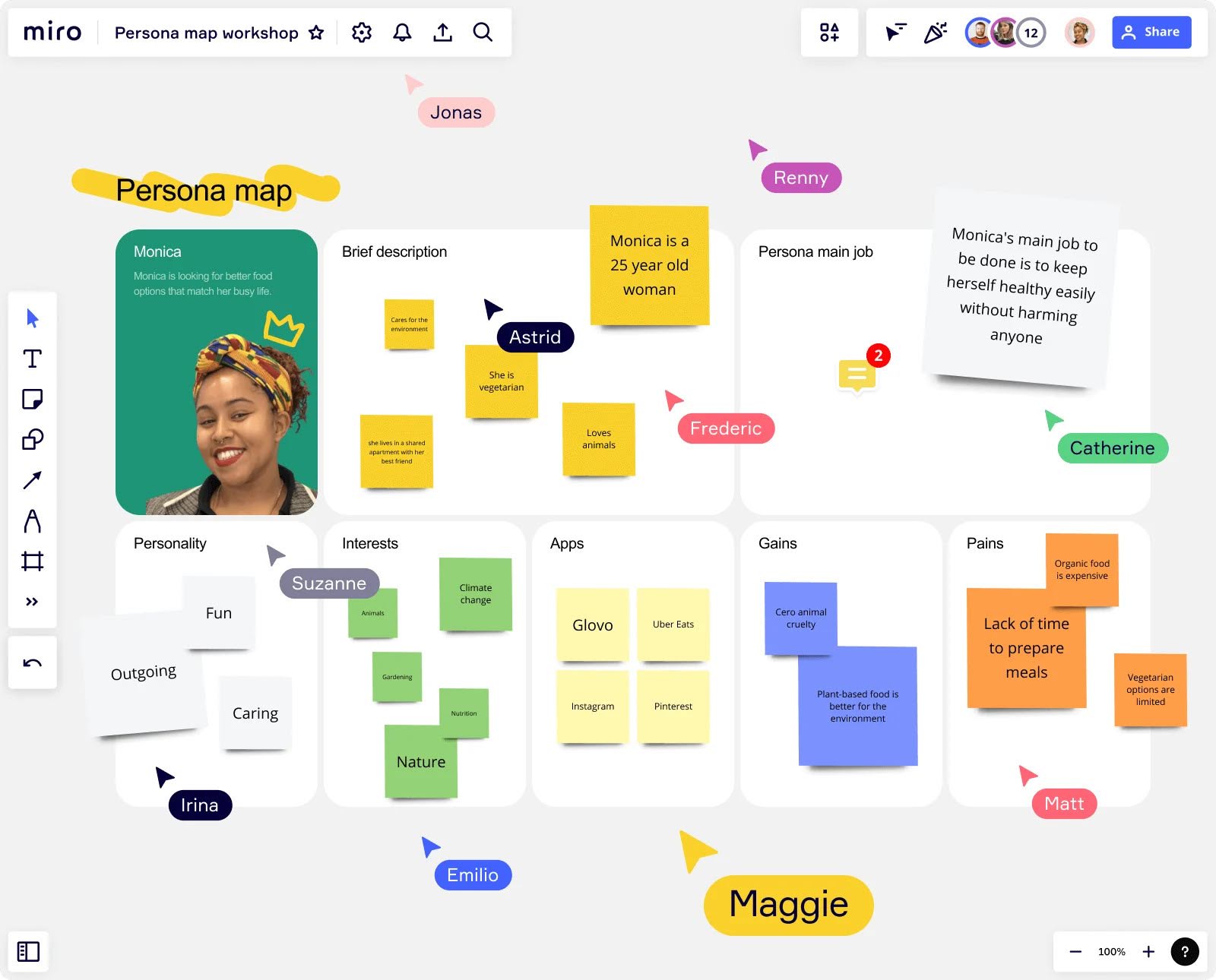
Here's the thing – most startups treat these frameworks like they're completely separate entities. They'll workshop their Business Model Canvas in January, map customer journeys in March, and then scramble to put together a GTM strategy when they're ready to launch.
But think about it for a second. Your Business Model Canvas is basically your startup's DNA – it shows how you create, deliver, and capture value. Your customer journey map is the story of how real people experience that value. And your GTM strategy? That's how you make sure the right people get to experience that story.
They're not three separate things. They're three perspectives on the same business.
When I work with startups that "get this," they consistently outperform the ones that don't. They launch faster, waste less money on wrong channels, and most importantly, they actually solve real problems for real people.
But think about it for a second. Your Business Model Canvas is basically your startup's DNA – it shows how you create, deliver, and capture value. Your customer journey map is the story of how real people experience that value. And your GTM strategy? That's how you make sure the right people get to experience that story.
They're not three separate things. They're three perspectives on the same business.
When I work with startups that "get this," they consistently outperform the ones that don't. They launch faster, waste less money on wrong channels, and most importantly, they actually solve real problems for real people.
The Foundation: Your BMC as the North Star
Let's start with your Business Model Canvas, because everything else builds from here.
But here's where most people mess up ,they fill out their BMC like it's a homework assignment. Value proposition? Check. Customer segments? Check. Revenue streams? Check. Done!
Wrong.
Your BMC should be a living, breathing document that actually guides your decisions. And when you're thinking about customer journeys and GTM, three specific blocks become absolutely critical:
Customer Segments + Value Propositions = Your Journey Starting Point
Your customer segments aren't just demographics on a slide deck. They're real people with real problems, emotions, and decision-making processes. When you map out their journey, you need to understand not just WHO they are, but HOW they think and feel.
For example, let's say you're building a project management tool for remote teams. Your BMC might show your customer segment as "Remote team leaders in tech companies, 10-50 employees." But for your customer journey, you need to dig deeper.
These are people who are probably overwhelmed, dealing with communication breakdowns, maybe feeling isolated from their teams. That emotional context completely changes how you map their journey.
Channels + Customer Relationships = Your Touchpoint Strategy
Your BMC channels aren't just "social media, website, email." They're the specific places and ways your customers want to interact with you throughout their entire journey.
If your BMC says you'll reach customers through LinkedIn, but your customer journey mapping shows they actually discover solutions through team Slack channels and colleague recommendations, you've got a disconnect that'll kill your GTM.
Key Activities + Key Resources = Your Journey Enablement
This is the piece everyone misses. Your key activities and resources in your BMC should directly support the critical moments in your customer journey.
If your customer journey shows that the "aha moment" happens when someone successfully completes their first project in your tool, then your key activities better include incredible onboarding and your key resources better include amazing customer success content.
But here's where most people mess up ,they fill out their BMC like it's a homework assignment. Value proposition? Check. Customer segments? Check. Revenue streams? Check. Done!
Wrong.
Your BMC should be a living, breathing document that actually guides your decisions. And when you're thinking about customer journeys and GTM, three specific blocks become absolutely critical:
Customer Segments + Value Propositions = Your Journey Starting Point
Your customer segments aren't just demographics on a slide deck. They're real people with real problems, emotions, and decision-making processes. When you map out their journey, you need to understand not just WHO they are, but HOW they think and feel.
For example, let's say you're building a project management tool for remote teams. Your BMC might show your customer segment as "Remote team leaders in tech companies, 10-50 employees." But for your customer journey, you need to dig deeper.
These are people who are probably overwhelmed, dealing with communication breakdowns, maybe feeling isolated from their teams. That emotional context completely changes how you map their journey.
Channels + Customer Relationships = Your Touchpoint Strategy
Your BMC channels aren't just "social media, website, email." They're the specific places and ways your customers want to interact with you throughout their entire journey.
If your BMC says you'll reach customers through LinkedIn, but your customer journey mapping shows they actually discover solutions through team Slack channels and colleague recommendations, you've got a disconnect that'll kill your GTM.
Key Activities + Key Resources = Your Journey Enablement
This is the piece everyone misses. Your key activities and resources in your BMC should directly support the critical moments in your customer journey.
If your customer journey shows that the "aha moment" happens when someone successfully completes their first project in your tool, then your key activities better include incredible onboarding and your key resources better include amazing customer success content.
Bridging the Gap: Customer Journey Mapping That Actually Connects
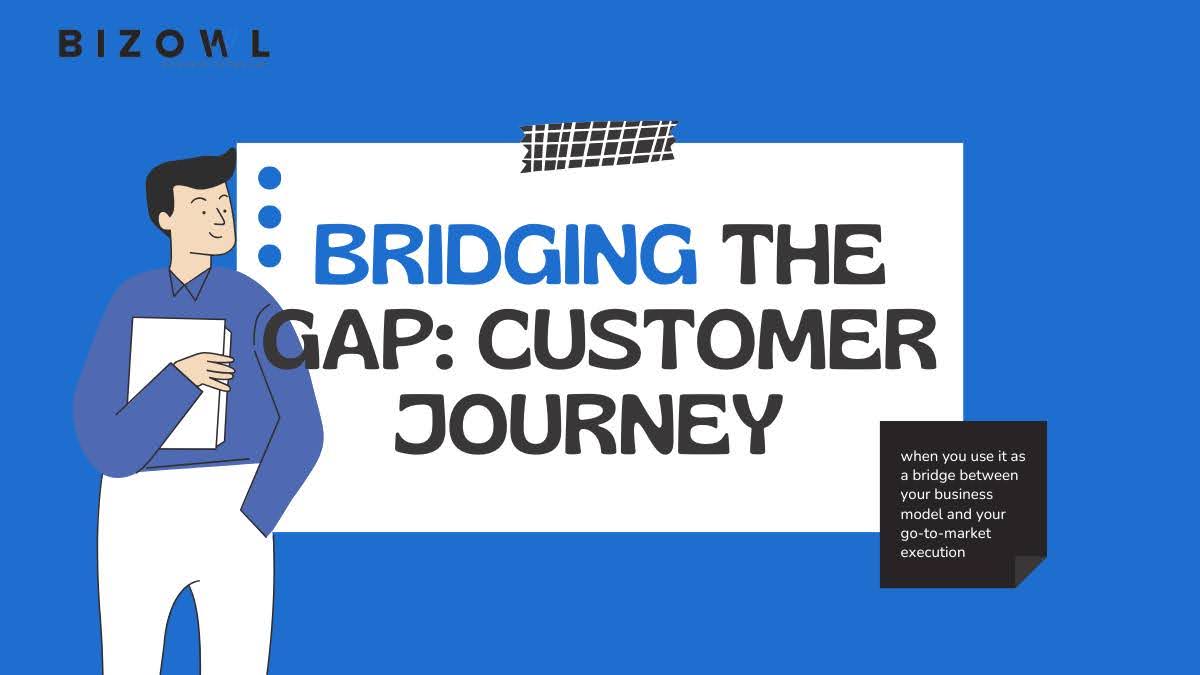
Now, here's where customer journey mapping gets really powerful – when you use it as a bridge between your business model and your go-to-market execution.
Most customer journey maps I see are pretty but useless. They show "awareness, consideration, purchase, retention" with some emoji showing whether the customer is happy or sad at each stage.
But a customer journey map that actually drives results? It connects every single touchpoint back to your BMC and forward to your GTM tactics.
Most customer journey maps I see are pretty but useless. They show "awareness, consideration, purchase, retention" with some emoji showing whether the customer is happy or sad at each stage.
But a customer journey map that actually drives results? It connects every single touchpoint back to your BMC and forward to your GTM tactics.
Map Emotions to Your Value Proposition
At every stage of the journey, your customer is having thoughts and feelings. Your job is to understand how these emotions connect to the value you're promising in your BMC.
Let's stick with our project management tool example. Your customer might feel:
Awareness stage: Frustrated with current tools, overwhelmed by team chaos
Consideration stage : Hopeful but skeptical, worried about another failed implementation
Decision stage: Excited but nervous about team adoption
Onboarding stage: Confused but determined to make it work
Success stage : Relieved and proud of improved team productivity
Now, if your BMC value proposition is "simple project management that teams actually use," every touchpoint needs to address those specific emotions. Your content should acknowledge their frustration, your product demos should address their skepticism, your onboarding should eliminate confusion.
Let's stick with our project management tool example. Your customer might feel:
Awareness stage: Frustrated with current tools, overwhelmed by team chaos
Consideration stage : Hopeful but skeptical, worried about another failed implementation
Decision stage: Excited but nervous about team adoption
Onboarding stage: Confused but determined to make it work
Success stage : Relieved and proud of improved team productivity
Now, if your BMC value proposition is "simple project management that teams actually use," every touchpoint needs to address those specific emotions. Your content should acknowledge their frustration, your product demos should address their skepticism, your onboarding should eliminate confusion.
Connect Touchpoints to Your Channels Strategy
Every touchpoint in your customer journey should map back to specific channels in your BMC. But here's the key, the channel strategy in your BMC should inform HOW you show up at each touchpoint, not just WHERE.
If LinkedIn is one of your key channels, it's not enough to just "post on LinkedIn." You need to understand:
If LinkedIn is one of your key channels, it's not enough to just "post on LinkedIn." You need to understand:
- What role does LinkedIn play at each journey stage?
- What type of content moves people from awareness to consideration?
- How do you nurture relationships through the platform?
- What does customer support look like on LinkedIn?
Identify Resource Requirements for Each Journey Stage
This is where your BMC key resources come into play. As you map the customer journey, you'll discover that different stages require different resources to be successful.
Maybe the awareness stage needs great educational content (resource: content creation team). The consideration stage needs social proof (resource: customer case studies). The decision stage needs trust-building (resource: security certifications, references). The onboarding stage needs education (resource: video tutorials, customer success team).
If your BMC doesn't account for the resources needed to deliver on your customer journey promises, your GTM strategy will fail.
Maybe the awareness stage needs great educational content (resource: content creation team). The consideration stage needs social proof (resource: customer case studies). The decision stage needs trust-building (resource: security certifications, references). The onboarding stage needs education (resource: video tutorials, customer success team).
If your BMC doesn't account for the resources needed to deliver on your customer journey promises, your GTM strategy will fail.
Making It Real: GTM Strategy That Actually Works
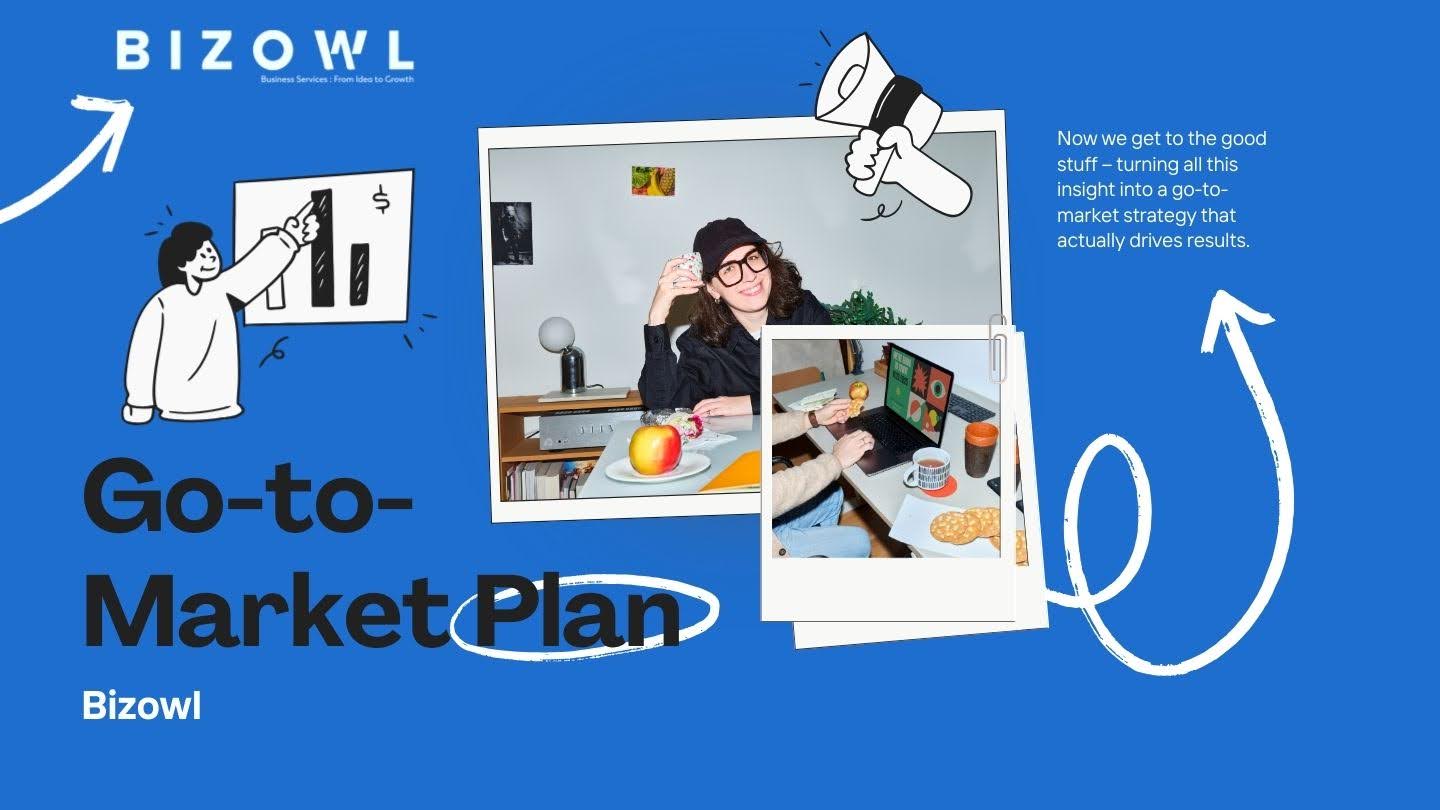
Now we get to the good stuff – turning all this insight into a go-to-market strategy that actually drives results.
Your GTM strategy shouldn't be a separate document. It should be the operational execution of your BMC insights, informed by your customer journey understanding.
Your GTM strategy shouldn't be a separate document. It should be the operational execution of your BMC insights, informed by your customer journey understanding.
Segment-Specific GTM Approaches
Remember those customer segments in your BMC? Each one might have a completely different journey, which means they need different GTM approaches.
Going back to our project management example, maybe you identified two segments:
Your GTM strategy needs different messaging, different channels, different sales processes, and different success metrics for each segment. One size definitely doesn't fit all.
Going back to our project management example, maybe you identified two segments:
- Tech startup founders* (journey: urgent need, quick decision, price-sensitive)
- Operations managers at growing companies* (journey: careful evaluation, consensus building, ROI-focused)
Your GTM strategy needs different messaging, different channels, different sales processes, and different success metrics for each segment. One size definitely doesn't fit all.
Channel Strategy That Matches Customer Behavior
Your BMC channels should directly inform your GTM channel strategy, but customer journey insights should refine HOW you use those channels.
If your customer journey shows that people in the consideration stage spend time in specific Facebook groups asking for tool recommendations, that tells you:
If your customer journey shows that people in the consideration stage spend time in specific Facebook groups asking for tool recommendations, that tells you:
- Facebook should be a key channel in your BMC
- You need a communitySegment-Spe engagement strategy in your GTM
- Your content strategy should include helpful responses to common questions
- You might want to partner with group moderators or influential members
Metrics That Matter
Most GTM strategies focus on vanity metrics – website visits, social media followers, email sign-ups. But when your GTM is connected to your BMC and customer journey, you focus on metrics that actually indicate business health.
Instead of just tracking "leads," you track:
Instead of just tracking "leads," you track:
- How many people are moving through each stage of your customer journey?
- Which channels are delivering the highest-quality prospects for each customer segment?
- What's the relationship between your key activities (from BMC) and customer journey progression?
- How well are your key resources supporting customer success at each stage?
The Integration in Action: A Real Example
Let me show you how this looks in practice with a startup I worked with recently.
They built a tool that helps restaurants optimize their staff scheduling. Here's how they connected their BMC, customer journey, and GTM:
They built a tool that helps restaurants optimize their staff scheduling. Here's how they connected their BMC, customer journey, and GTM:
BMC Foundation:
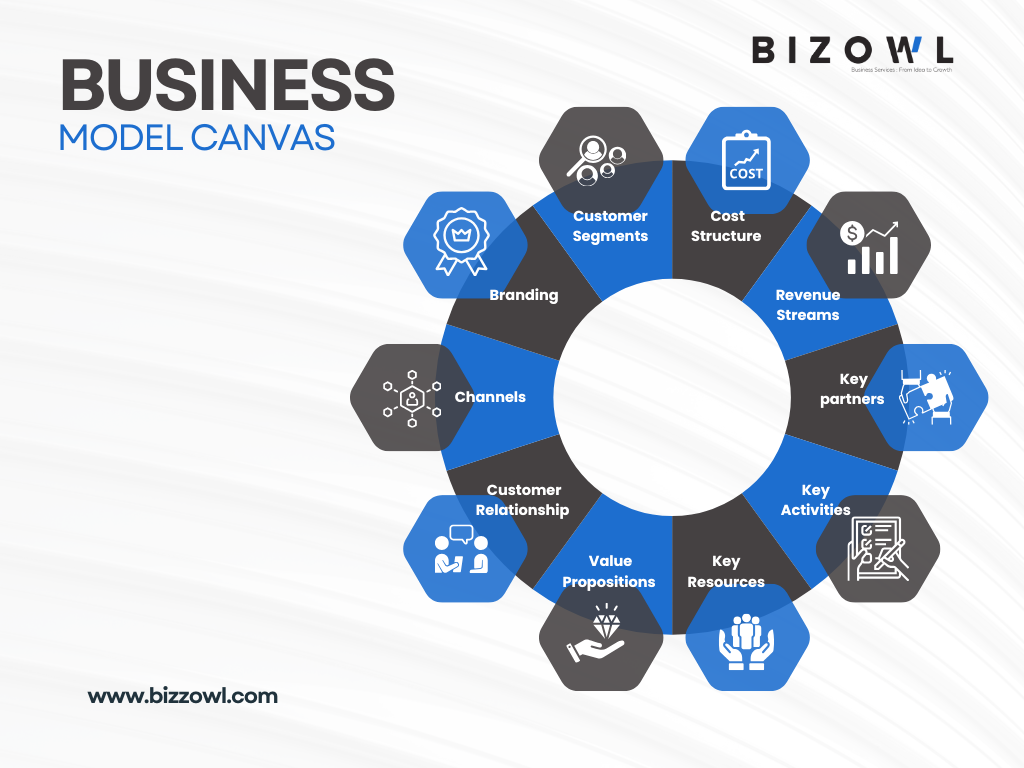
- Customer segments: Independent restaurant owners, Small restaurant chain managers
- Value proposition: Reduce labor costs while improving staff satisfaction through smart scheduling
- Key channels: Industry forums, restaurant management Facebook groups, referrals
- Key activities: Software development, customer education, relationship building
- Revenue streams: Monthly subscription with tiered pricing
Customer Journey Insights:
- Restaurant owners typically discover solutions when they're having a specific crisis (high turnover, labor cost issues, staff complaints)
- They're skeptical of software solutions because they've been burned before
- They need to see ROI very quickly or they'll churn
- The decision is usually made by one person, but implementation requires staff buy-in
Connected GTM Strategy:
Crisis-responsive content marketing: Created blog posts and social media content addressing specific scheduling crises, optimized for Google searches like "restaurant staff keeps quitting" and "labor costs too high restaurant"
Trust-building through community: Became genuinely helpful members of restaurant management Facebook groups, sharing advice (not pitching product)
ROI-focused trial experience: Designed a 14-day trial that specifically highlighted labor cost savings within the first week
Staff adoption support: Created simple training materials for restaurant teams, not just managers
The result? They went from 0 to $50K MRR in 8 months because every piece of their strategy worked together instead of against each other.
Trust-building through community: Became genuinely helpful members of restaurant management Facebook groups, sharing advice (not pitching product)
ROI-focused trial experience: Designed a 14-day trial that specifically highlighted labor cost savings within the first week
Staff adoption support: Created simple training materials for restaurant teams, not just managers
The result? They went from 0 to $50K MRR in 8 months because every piece of their strategy worked together instead of against each other.
Your Turn: The Integration Playbook
Alright, let's get practical. Here's how you can start connecting your own BMC, customer journey, and GTM strategy:
Step 1: Audit Your Current BMC (30 minutes)
Look at your existing Business Model Canvas and ask:
Step 2: Map ONE Customer Journey (2 hours)
Pick your most important customer segment and map their journey from problem awareness to successful implementation. For each stage, document:
Step 3: Find the Disconnects (30 minutes)
Compare your BMC and customer journey. Look for:
Step 4: Build Connected GTM Tactics (1 hour)
For each stage of your customer journey, design specific tactics that:
Step 5: Define Connected Metrics (30 minutes)
Instead of just tracking leads and conversions, track:
Step 1: Audit Your Current BMC (30 minutes)
Look at your existing Business Model Canvas and ask:
- Are my customer segments defined by demographics or by psychology/behavior?
- Do my channels reflect where customers actually discover solutions like mine?
- Do my key activities and resources support the entire customer lifecycle?
- Is my value proposition specific enough to guide marketing messages?
Step 2: Map ONE Customer Journey (2 hours)
Pick your most important customer segment and map their journey from problem awareness to successful implementation. For each stage, document:
- What they're thinking and feeling
- What actions they're taking
- Where they're getting information
- What could go wrong
- What resources they need from you
Step 3: Find the Disconnects (30 minutes)
Compare your BMC and customer journey. Look for:
- Channels in your BMC that don't appear in your customer journey
- Resources your customer journey requires that aren't in your BMC
- Value proposition elements that don't address customer emotions
- Revenue stream assumptions that don't match customer behavior
Step 4: Build Connected GTM Tactics (1 hour)
For each stage of your customer journey, design specific tactics that:
- Use the channels from your BMC
- Address the emotions you identified
- Leverage your key resources
- Move people to the next journey stage
Step 5: Define Connected Metrics (30 minutes)
Instead of just tracking leads and conversions, track:
- Journey stage progression rates
- Channel effectiveness by customer segment
- Resource utilization efficiency
- Customer lifetime value by acquisition channel
The Real Secret: It's All About Empathy
Here's what I've learned after years of doing this work: The startups that succeed aren't necessarily the ones with the best technology or the most funding. They're the ones that truly understand their customers as human beings, not just market segments.
When you connect your BMC, customer journey, and GTM strategy, you're forcing yourself to see your business through your customer's eyes at every level. Your business model has to actually solve real problems. Your customer journey has to acknowledge real emotions and behaviors. Your GTM strategy has to meet people where they are, not where you wish they were.
That's the real magic of integration. It keeps you honest about whether you're building something people actually want, in a way they actually want to buy it, through channels where they actually hang out.
When you connect your BMC, customer journey, and GTM strategy, you're forcing yourself to see your business through your customer's eyes at every level. Your business model has to actually solve real problems. Your customer journey has to acknowledge real emotions and behaviors. Your GTM strategy has to meet people where they are, not where you wish they were.
That's the real magic of integration. It keeps you honest about whether you're building something people actually want, in a way they actually want to buy it, through channels where they actually hang out.
What Happens Next?
Look, I know this seems like a lot of work. And honestly? It is. But here's what I see happen to startups that do this work versus those that don't:
Startups that integrate these frameworks:
Startups that don't:
The choice is yours. You can keep treating your business frameworks like separate tools, or you can start using them as an integrated system that actually drives results. Your customers are waiting for someone who truly understands them. Your competition is probably still treating these as separate exercises. What are you going to do differently?
You can try our AI Free Business Model tool to start, and then take it forward from there.
Startups that integrate these frameworks:
- Launch with more confidence because they understand their market
- Waste less money on marketing that doesn't work
- Build stronger customer relationships from day one
- Pivot faster when something isn't working because they have better data
- Scale more predictably because they understand their growth engines
Startups that don't:
- Spray and pray with their marketing
- Constantly chase the latest growth hack
- Struggle to understand why customers aren't converting
- Run out of money before finding product-market fit
- Blame "market conditions" instead of strategy problems
The choice is yours. You can keep treating your business frameworks like separate tools, or you can start using them as an integrated system that actually drives results. Your customers are waiting for someone who truly understands them. Your competition is probably still treating these as separate exercises. What are you going to do differently?
You can try our AI Free Business Model tool to start, and then take it forward from there.
Contact Us
Explain Your Project Details
First Name
Last Name
Email
Phone Number
Project Requirements



